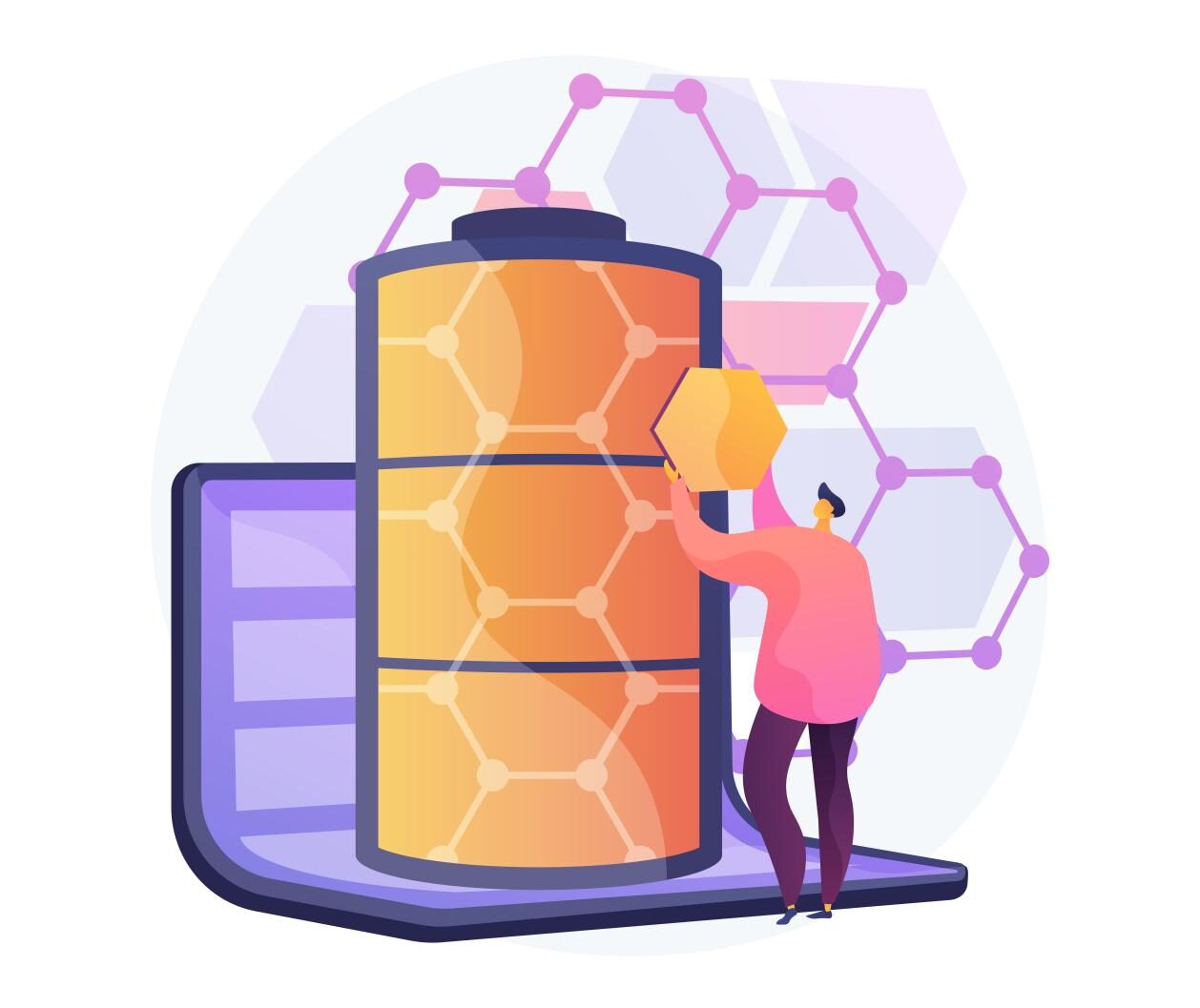What Are All-Solid-State Batteries? Pros, Cons, and What You Need to Know
In recent years, the rapid advancement of new energy technologies has brought all-solid-state batteries into the spotlight as a groundbreaking innovation in the energy sector. This next-generation technology represents a fundamental shift in battery design, driving broad curiosity about its conceivable role in transformational energy storage development.
But what exactly makes all-solid-state batteries so special? And what challenges do they face? Dive into this guide to learn about solid-state battery technology and its growing potential!

What Are All-Solid-State Batteries?
All-solid-state batteries (ASSBs) and semi-solid-state batteries represent the next frontier in energy storage. The transportation mechanism between anode and cathode in ASSBs depends on a solid electrolyte instead of conventional lithium-ion batteries, which rely on liquid or gel electrolyte. This innovation opens the door to a variety of enhancements in safety, performance, and longevity.
How Do All-Solid-State Batteries Work?
In fact, all-solid-state batteries work similarly to traditional batteries. They feature three main components:
Anode: Stores lithium ions when the battery receives an electrical charge.
Cathode: Releases lithium ions when discharging.
Electrolyte: Conducts the ions between the battery’s electrodes.
The main distinction arises from the electrolytic composition. Traditional battery electrolytes made of flammable liquids or gels are replaced in ASSBs with solid-state materials, which include ceramics and sulfides. The electrolyte replacement in ASSBs minimizes specific battery risks and enables enhanced functional performance benefits.
Pros and Cons of All-Solid-State Batteries
Solid-state EV battery provides both outstanding benefits as well as obstacles to overcome. Here’s a closer look:
Pros of All-Solid-State Batteries
1. Safety
One of the most notable benefits of ASSBs is their enhanced safety profile. With no flammable liquid electrolytes, the risk of dangerous explosions becomes almost nonexistent.
This is especially important for electric vehicles and consumer electronics, where safety issues pose a huge challenge to lithium-ion technology.
2. Higher Energy Density
All-solid-state batteries exceed their liquid-based battery counterparts in terms of stored energy capacity. This translates to either longer ranges for EVs or smaller, lighter batteries for portable devices. Electric vehicles powered by solid electrolytes can now operate more than 500 miles per single charge and smartphones last several days before needing recharge.
3. Faster Charging
The solid electrolyte in ASSBs facilitates efficient ion transfer, enabling faster charging times. The new charging time would shorten electric vehicle battery refueling duration from hours to only a few minutes.
4. Longer Lifespan
ASSBs experience less degradation over time compared to traditional lithium-ion batteries. ASSBs provide extended life cycles combined with reduced pricing profiles for higher sustainability, which makes them suitable candidates for renewable energy storage needs.
Cons of All-Solid-State Batteries
1. Cost
While promising, the materials and production processes for all-solid-state batteries are currently expensive. Businesses must invest heavily in research and development to reduce production expenses so these products can reach affordable commercial levels.
2. Technical Challenges
ASSBs face technical hurdles such as dendrite formation, which can compromise the battery’s performance and safety. Additionally, developing scalable manufacturing techniques remains a challenge, as producing solid-state batteries is more complex than assembling traditional lithium-ion batteries.
3. Temperature Sensitivity
Some ASSB designs struggle to maintain performance in extremely cold conditions, limiting their reliability in certain climates or applications.

Applications of All-Solid-State Batteries
The versatility of solid-state battery technology makes it ideal for various applications across industries. Here are some examples:
1. Electric Vehicles (EVs)
Arguably, the most anticipated application of solid-state EV batteries is in electric vehicles. With their higher energy density, faster charging, and improved safety, ASSBs could make electric cars more accessible and practical than ever before, accelerating the global transition toward sustainable mobility.
2. Consumer Electronics
Smartphones, laptops, and wearables will achieve longer operating times, speedier charging capabilities, and protect users from device overheating. Solid-state batteries offer the solution for manufacturing advanced consumer products that exhibit better performance while providing users with security.
3. Renewable Energy Storage
Renewable energy solutions require dependable energy storage facilities through batteries. ASSBs provide exceptional reliability with extended operating life which makes them perfect for storing large amounts of energy for renewable power grid balance.
4. Medical Devices and Aerospace
Critical sectors like healthcare and aerospace demand highly reliable energy sources. The durability and safety of ASSBs make them suitable for medical devices such as pacemakers and aerospace equipment exposed to extreme conditions.

Join The Battery Show Asia 2025 to Learn More
Excited about the future of solid-state battery technology? Dive deeper into this game-changing innovation at The Battery Show Asia 2025, hosted at the AsiaWorld-Expo in Hong Kong.
To get professional insight into all-solid-state batteries, don’t miss the conference “Technology Status and Market Prospect of Solid-State Battery” on July 16. Besides all-solid-state batteries, you can also learn about battery manufacturing, energy storage solutions, battery recycling, and everything you want to know about batteries!
Register now to be part of the future of battery!

